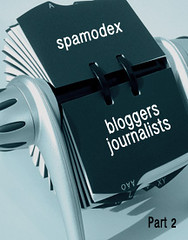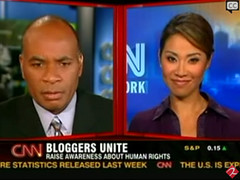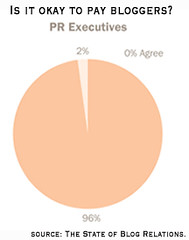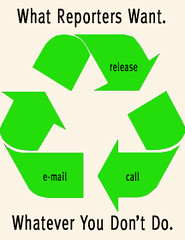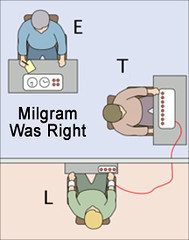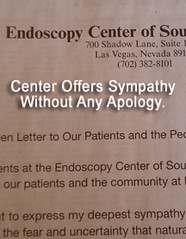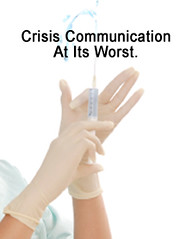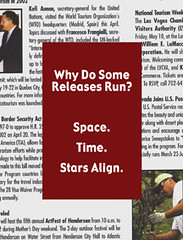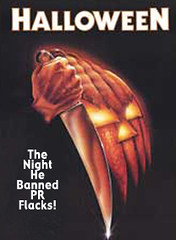Jack Payne, a business author (1.1 million books sold) and publisher of
Six Hours Past Thursday left the kind of comment on my Chris Anderson, Wired,
post that inspires me. Having "sent 15 releases over the past eight months," he has no idea why some releases get 15 pickups and others get four. (Jack, nice record).
Neither do I. Well, that’s sort of not true. Why do some releases run?
Space. Time. The Stars Align.While this is an exercise in putting the cart before the horse (usually I share what constitutes news before making this point), there is only one thing that defines news — news is whatever the editor says is news. Period.
Key News * Las Vegas was a hybrid local/international trade publication for concierges and hospitality executives. We owned and operated it from Sept. 99 to Aug. 03 before selling it. Despite the super high cost per impression, our advertisers included In Celebration of Golf, Lladro, McCormick & Schmick’s, Lawry’s, The Venetian Grand Canal Shoppes, and many others. I was the editor; you can find a few details on my incomplete Linkedin
profile.
In this publication, there was only one section where a news release could even hope to find a home. It was in a section called “Key Notes,” a two-page spread of news bits and other loose ends. At most, we had room for fourteen burbs, some of which were pre-designated. I randomly picked up an old issue today from 2002 to share why we picked ten headlines over about 500 other releases.
Concierges Added To The River Empress (Switzerland)The publication description might be the giveaway. We were always interested when concierges were added to a property or cruise ship. Picked up from PR Newswire (it had a nice photo too).
Bonnie Springs Ranch Adds Horseback Riding (Las Vegas)This was a local interest story. We would always have one purely local interest blurb. Plus, the cover story was on ecotourism. The owners sent me an email. They were nice.
World Tourism Organization (WTO) - Year Of EcotourismWorld tourism was always underreported in Vegas. We often covered WTO news (and other trade sources). Did I mention the cover story?
U.S. Senate Passes Border Security ActThe Travel Industry of America (TIA) had a major victory when it convinced Congress to extend the deadline for biometric passports (H.R. 3525). Biometric passports impacted $40 billion in tourism spending so, naturally, we were following the bill.
Fifth Annual ArtFest of Henderson This was a local interest story from our longtime friend and client, the City of Henderson. We helped launch ArtFest and supported more off-Strip cultural events anyway. The timing of the event, more than the relationship, was the deciding factor.
Travelog Offers Self-Guided ToursAt the time, Travelog looked like a smart idea. It made self-guided CD tours for people who wanted to explore Nevada. A percentage of its proceeds benefited the Les Clefs d’Or Foundation. Enough said.
Local Concierge SpotlightEvery issue, we would publish the names of new local concierge association members as well as those who earned Les Clefs d’Or status. This was designated space.
National Tourism Week, May 5-11 This was a story about National Tourism Week and included a local tie-in. This was a good blurb to run because it touched local and national readership. Readers are why publications exist.
Nevada Joins U.S. Postal Service CampaignThe U.S. Post Office had unveiled its new commemorative stamps for the See America campaign. It was interesting and still exists. Check out
See America if you're interested.
U.S. Grape Growers Target FranceMost of our readers were affluent (they owned and operated hotels worldwide) and you would be surprised how many hotel guests ask concierges for wine tips. It was a natural fit and another PR Newswire pickup.
Do you notice anything? Not a single direct-to-publication news release made that issue, but that wasn’t always the case. On average, about 1-3 direct-to-publication news releases made it into the Key Notes section. So let’s run down the tips again:
Space. On average, we could publish “1-3” new releases. We had some 500 releases to choose from (if I could call some of them that).
Time. If I was going to pick up a release, I wanted it to be clear, crisp, newsworthy, and interesting for my readers. Since I also have a company, time was always a premium when it came to the publication. In other words, we didn’t have time to rewrite bad releases, make 10 follow-up calls (or emails), wait for PR firms to get back to us, or find the story that a PR firm missed. With 500 releases to choose from for 1-3 spots, why would we?
Stars Align. Nobody knew what the focus of our next cover story would be. So if someone happened to send in a release on something like ecotourism when the cover story was ecotourism, it automatically moved to the top of the list.
While I still think it was over the top for Anderson to publish all those email addresses, maybe this demonstrates why I am sympathetic to his plight against PR spam. Of the 500 some releases we skimmed for three spots, it used to go something like this:
• About 50 were on target, but I didn’t have space, pure and simple. Basically, they were trumped by other stories.
• About 50 had the right content for us, but were poorly written or required follow-up calls. Key Notes was always the last section to be written so time was always against our editorial team. Besides, there were 50 other stories ahead of them.
• About 400 had nothing to do with anything we published, were already covered, or were just so horrible that we were afraid the PR firm would think they were doing it right (headline example: The “blank” hotel just got bigger. Yikes!)
• Of these 400 low level releases, about 100 would contain hyped, dishonest, and even downright dirty lies. Not surprisingly, the worst 100 releases were the most likely to be written by PR people who would call me. They would ask if I got their releases, get mad if I told them there was no news value, and would try to pin me down on what I wanted. Honestly, I knew what was news when I saw it.
Is this information useful to you? It’s not always about ego, it’s about the truth. Public relations firms tend to think in formulas, but their formula does not often match any given publication. Plus, PR firms get better clients, in part, based on the decisions made by the editorial team. These editors know it. They also know that many PR firms are only interested in getting their clients ink, which is the polar opposite of editors want to do — serve their readers.
More to the point, while I agree with Geoff Livingston that being an editor doesn’t give anyone permission to be a punk, public relations firms would be best served by considering the editorial team’s needs, which varies by publication.
You see, this is all very relevant to me at the moment because, if all goes as planned, I will be wearing an editor’s hat again for “Project X” in 2008. It won’t be related to hospitality, but I already know my email inbox will be saddled with spam. Woo hoo.
Next week, I'll share a few journalist tips on what might constitute news. Why next week? Same reasons: space, time, and the stars did not align. The next three days or so on my blog are slated.







